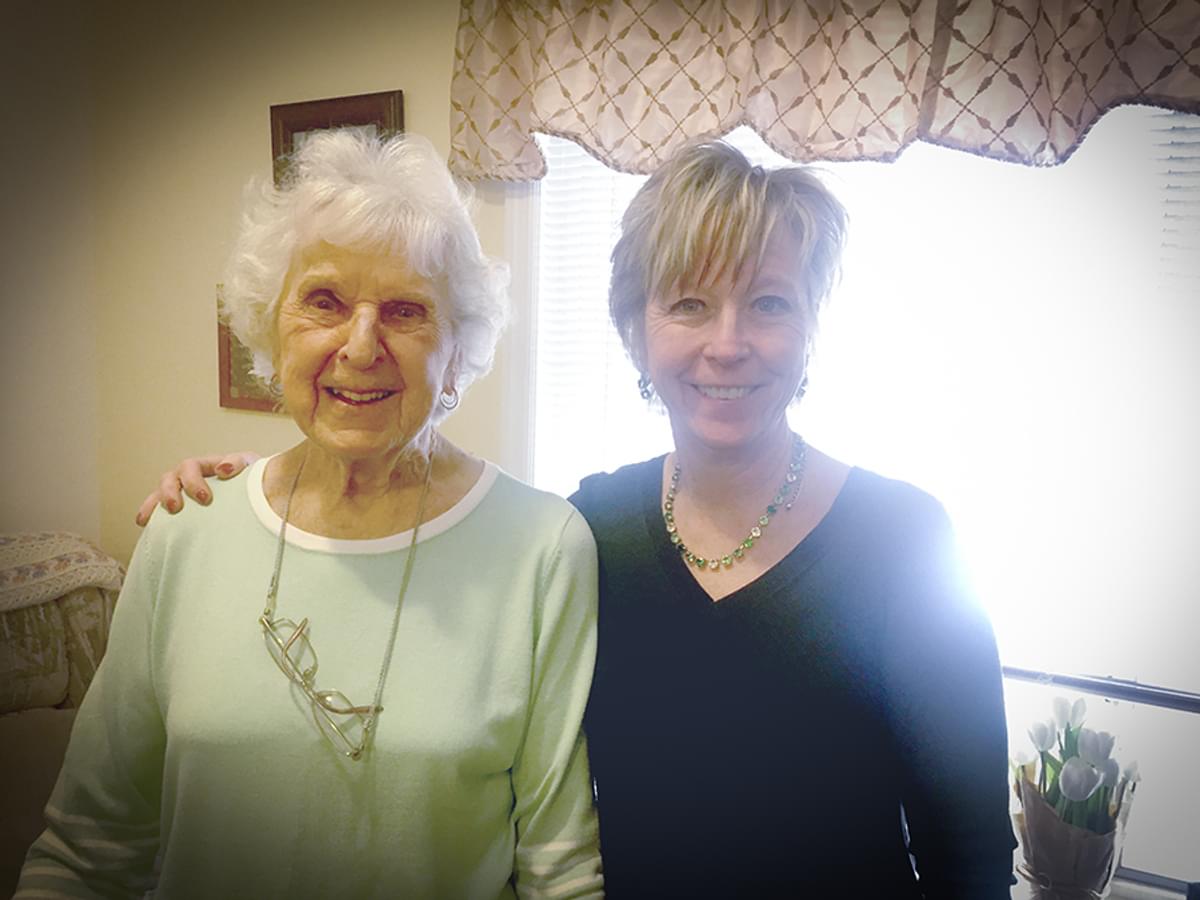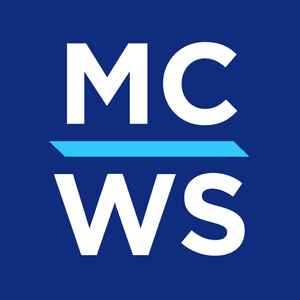Note: This information is from 2021 but much has changed since then. Please be sure to discuss your unique financial situation with your McKinley Carter Advisor or another trusted professional.

The author shares her personal story of her mother's loss due to COVID-19 to highlight the importance of how thorough estate planning can ease a family's burden during a time of grief and sorrow.
My mother passed away from COVID-19 on January 8, 2021 in Johnstown, PA, and her estate was completely distributed and taxes paid by March 31, 2021. It is through my personal experience that I wanted to write this blog about the basics of efficient estate planning and administration.

Let me frame the Date of Death "balance sheet" for you. My mother was in a skilled nursing facility for the last 3.5 years. So, she had no real estate nor any vehicles. At her death she owned two life insurance policies, a traditional IRA, a ROTH IRA, a brokerage account, a savings account, and a checking account. All in all, she owned seven financial assets that I, as the Executrix, had to distribute upon her death.
Her funeral was 100% planned (down to what the readings and songs were to be at her service) and completely paid for via a CD (Irrevocable Burial Reserve) that the funeral home owned at the time of pre-payment in May of 2016. Gravesite and tomb stone were also 100% pre-paid. Her total assets exceeded $500,000. So, it was not a “small” estate under Pennsylvania law, which is defined as $50,000 or less.
No assets passed by Will other than her personal property. So, there was no drawn-out probate process. Her brokerage, checking, and savings accounts were titled TOD/POD (Transfer on Death/Payable on Death), dividing the assets equally to my brother and me. Titling assets TOD/POD with beneficiaries allows for these assets to pass by operation of law (rather than by the terms of a Will). We received the distribution of her savings account within 14 days of death.
Life Insurance and IRA accounts passed by Beneficiary Designation, again, avoiding probate. Presenting the death certificate to the custodian of the IRAs and life insurance companies was all that was required to get these assets easily and quickly distributed. My brother and I established Inherited IRA accounts at the same custodian to make the process even easier and more timely. All insurance proceeds and IRAs transferred within 45 days of death.
I used a simple form letter with a copy of the death certificate to inform and close her three credit card accounts. No other outstanding debt existed except for a few lingering medical bills.
When my mother entered the nursing home, we cleaned out and closed her safe deposit box to understand what was in there and simplify estate administration upon her death. I was her Power of Attorney, which enabled me to do so. Note: After the death of an owner, a safe deposit box must be properly inventoried by the executor or personal representative according to specific procedures that generally may include the presence of the Clerk of Court, a Deputy Clerk, or other Qualified Person as defined by law. Each state has its own rules.
Bottom Line: The process was easy, efficient, and very timely. There were no costs other than $500 for attorney’s fees, which included the preparation and filing of the PA Inheritance Tax Return.
Always coordinate with your estate planning attorney and your financial advisor before making major changes to your estate plan, and consider these stress-reducing and logical estate planning actions:
- Use TOD/POD account titling
- Pre-pay all funeral and burial costs
- Clean out and close the safe deposit box
- Make sure current beneficiaries are up to date and accurate
Thanks to my parents taking actions while they were alive, I was able to minimize the time I spent in estate administration — you can too. Call us at McKinley Carter if you have any questions. We are here to help and ease your burden as well.
